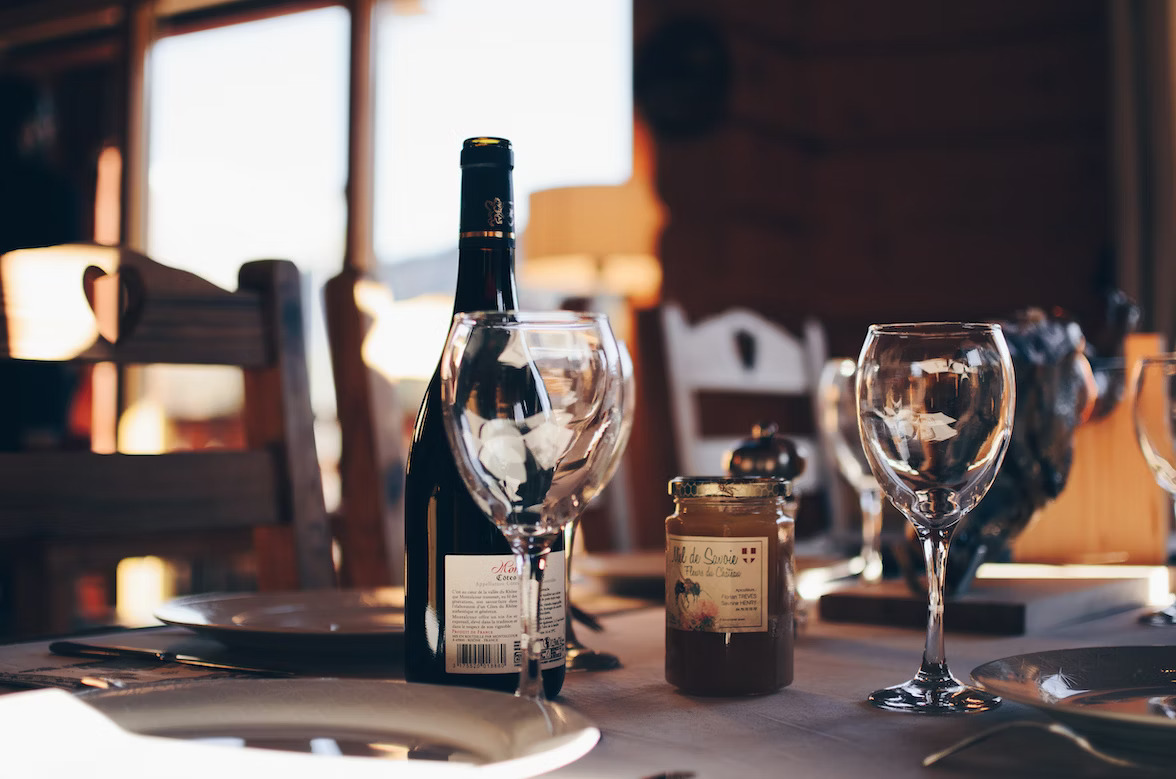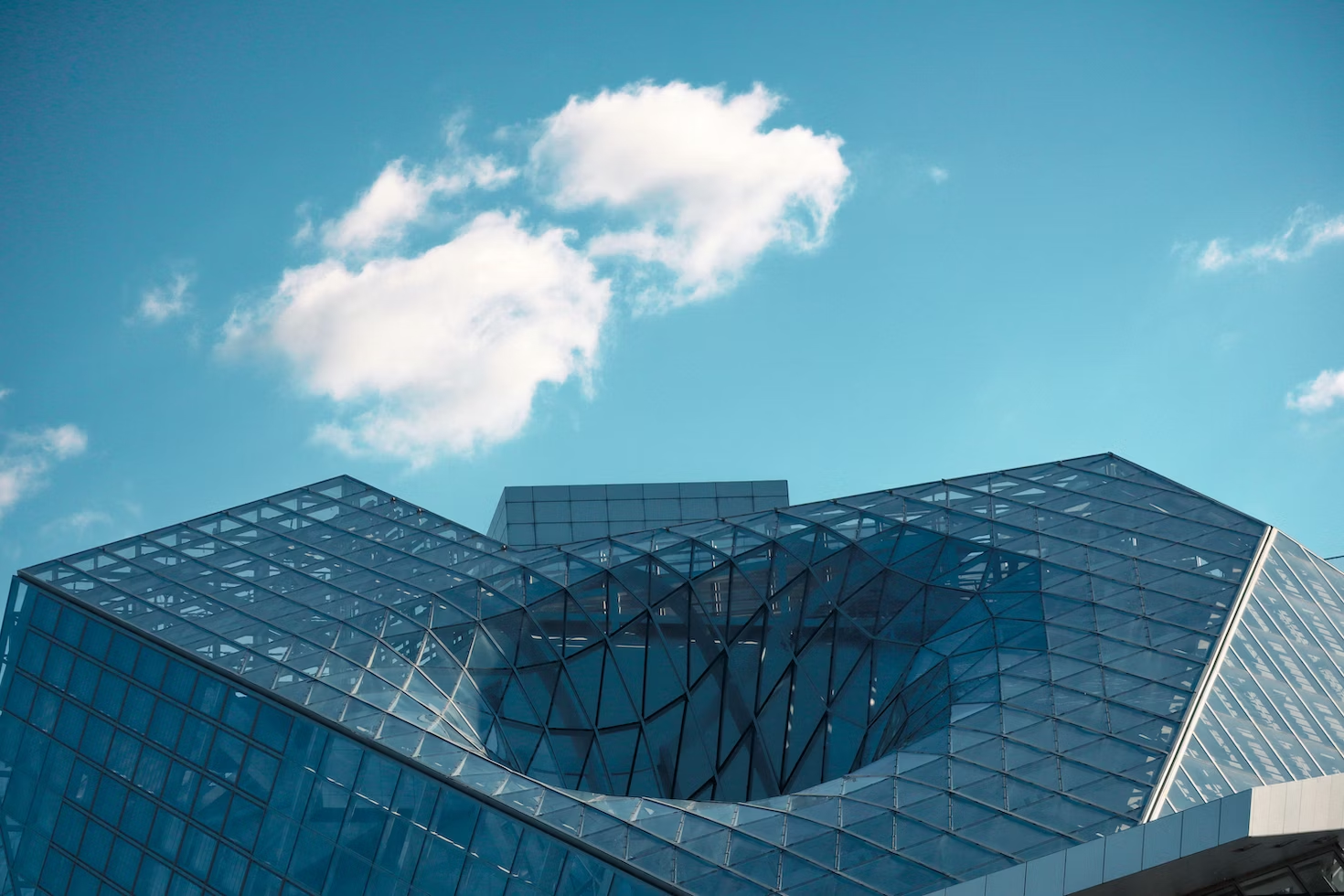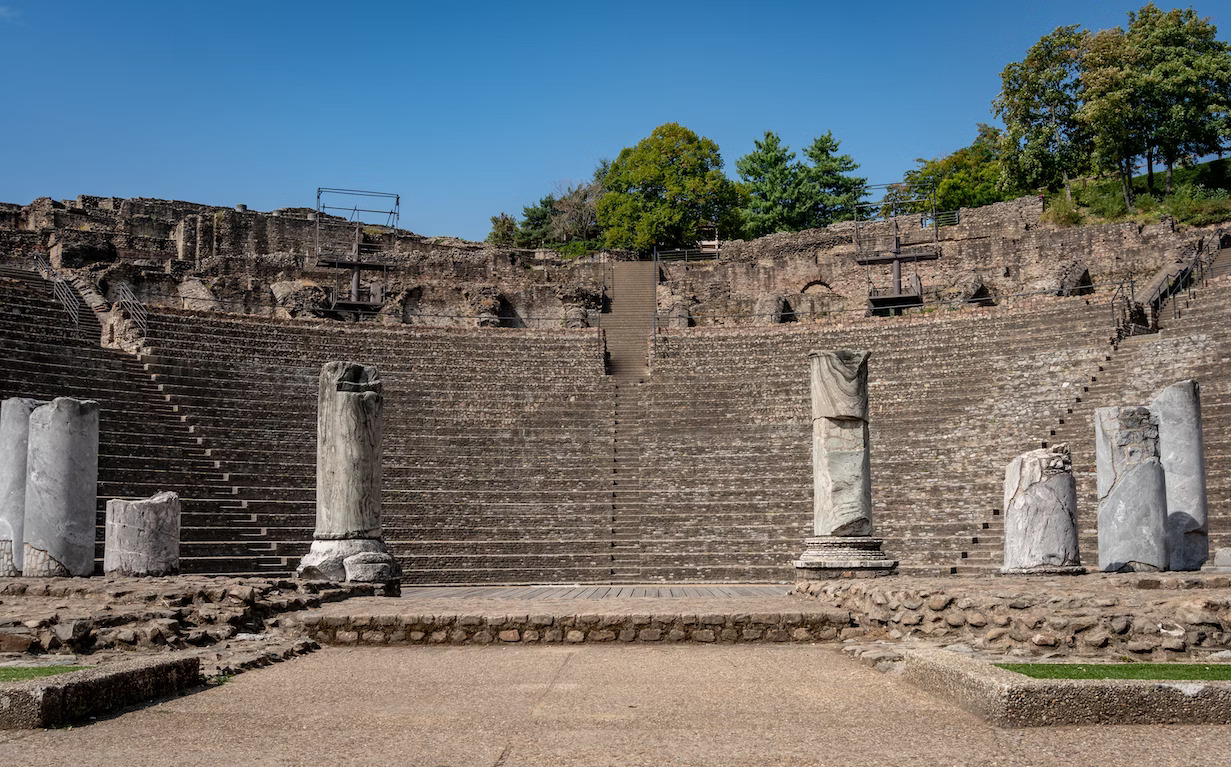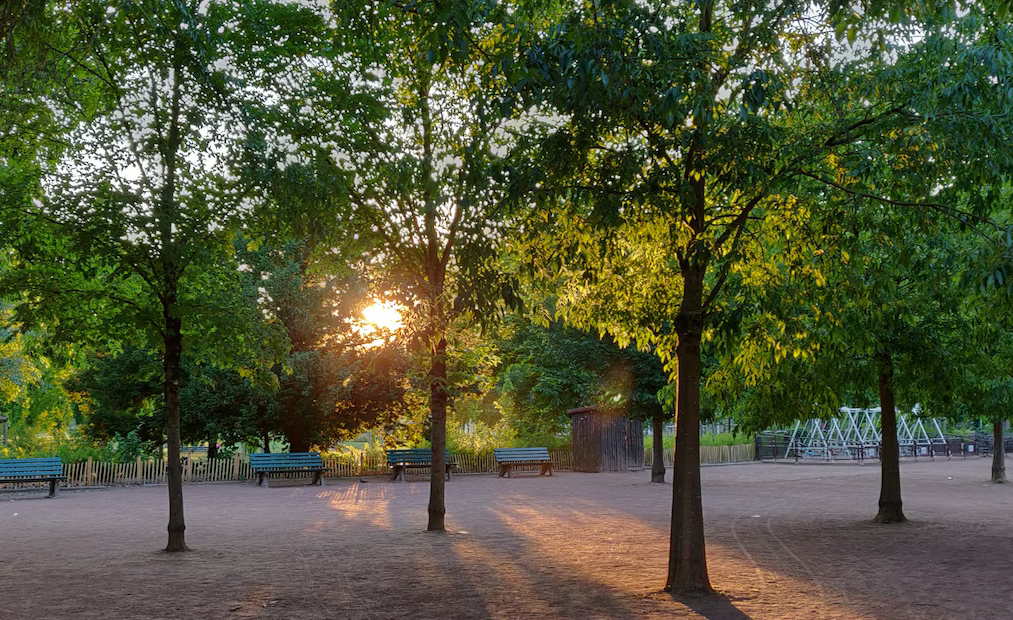Your guide to Lyon
Siblings:
How to get thereAccommodationYour guide to LyonWindEurope is heading to France’s third city for this year’s workshop. Here’s what you should check out while you’re there!
This year’s Technology Workshop is heading to Lyon, France’s third largest city and home to around 1.6 million people. Nestled at the meeting point of the Rhône and Saône rivers – and at the crossroads of northern and southern Europe, Lyon’s history stretches back to Roman times over 2,000 years ago – and has seen many people come and go. And it’s certainly earnt its place in the history books. From cinema to gastronomy, from architecture to revolution – Lyon has left its imprint in many areas.
Our event this year takes place at the Centre de Congrès, right beside the scenic Parc de la Tête d’Or. And as you head down the Rhône river, you get a sense of this city’s age, and its enduring identity. Red tiled roofs and cathedral spires contrast with equally-imposing modern skyscrapers and bridges – a mark of Lyon’s role as an ancient cultural centre and a contemporary economic hub.
So during your visit for this year’s Workshop, make sure to sample a bit of this unique city – both literally and figuratively. Here are five suggestions from the WindEurope team…
Dining à la Lyonnaise
No visit to Lyon is complete without savouring the city’s gastronomic scene. At any one of the numerous local bouchons – or cosy informal restaurants – you can help yourself to some local delicacies that have made Lyonnaise cuisine famous on the tables of the world. Some of the more famous dishes you could try out include:
- Quenelles – fish dumplings in Nantua sauce;
- Coq au Vin – chicken with vegetables and herbs in a Burgundy wine sauce; and
- Tablier de Sapeur – beef tripe cooked in court-bouillon and covered in breadcrumbs.
And Lyon certainly isn’t lacking when it comes to desserts either. Famous local confections include the Tarte à la Praline – a shortcrust almond pastry; or Bugnes Lyonnais – fritters with icing sugar.
The Musée des Confluences – a trip through time and culture
One of Lyon’s most famous and most modern museums is also probably the most imposing. The Musée des Confluences sits at the meeting point of the Rhône and Saône rivers, at the very tip of the the city’s Presqu’île – the peninsula forming the core of the old city.
Opened in 2014, this iconic steel and glass structure houses four permanent exhibitions on great themes in science and philosophy: “Origins” – the birth of the Universe and the evolution of mankind; “Species” – the natural world and the links between human beings and animals; “Societies” – a look at human communities and culture around the world; and “Eternities” – some of the biggest questions on life itself and the meaning of death in different cultures.
The Musée Lumière – Two brothers who changed the world
One of Lyon’s most enduring contributions to modern culture is showcased at the old family home of the Auguste and Louis Lumière – the pioneers of cinematography and the fathers of cinema. The world’s first motion picture – La Sortie de l’usine Lumière à Lyon – was filmed at a factory beside the Villa in 1895 – which has also been preserved.
In this art nouveau residence in the city’s Monplaisir district – on the appropriately named Rue du Premier-Film – you can learn more about the brothers, early examples of filming equipment, and the breakthrough of modern cinema in France and across the world.
Lugdunum to Lyon
The city of Lyon was founded as Lugdunum by the Romans in 43 BC, and for most of this period it was the capital of Gaul (modern-day France). With a population of up to 100,000 it was one of the largest cities in Europe at the time.
Signs of the Roman presence can be seen across the city but particularly in the Fourvière district. Here you can find the remains of two outdoor monuments – a theatre and a smaller odeon. These still function as living monuments – and play host to the outdoor Nuits de Fourvière festivals throughout the summer. Nearby, you can visit the Lugdunum Museum – giving you an immersive look at life in the city during ancient times.
The Tête d’Or Park – A stone’s throw from the venue
For a more outdoor experience, you don’t have far to look from the event venue. Parc de la Tête d’Or, right beside the Centre de Congrès, is by far the largest green space in the city, and one of France’s biggest urban parks. Located next to the river and covering up to 117 hectares, the park is open from 06:30 to 22:30 during the summer months.
At the centre you’ll find a large lake with rowing boats for hire, as well as a botanical garden with greenhouses, separate rose gardens, a small zoo (which you can enter for free), and a tourist train to take you around the park. Plus plenty of sporting areas for cycling, tennis and horse-riding.
As far as visits to Lyon go, the city truly comes alive in the summer. This is a place that needs to be seen on foot – whether its through the parks, along the riverside, or through its UNESCO World Heritage Old City Centre. And the summer months bring plenty of outdoor cultural and festive events to the city as well.
So make sure to head out and see Lyon for yourself while you’re in town for the Workshop – and leave the city fresh with new ideas, new experiences, and newly acquired tastes!










